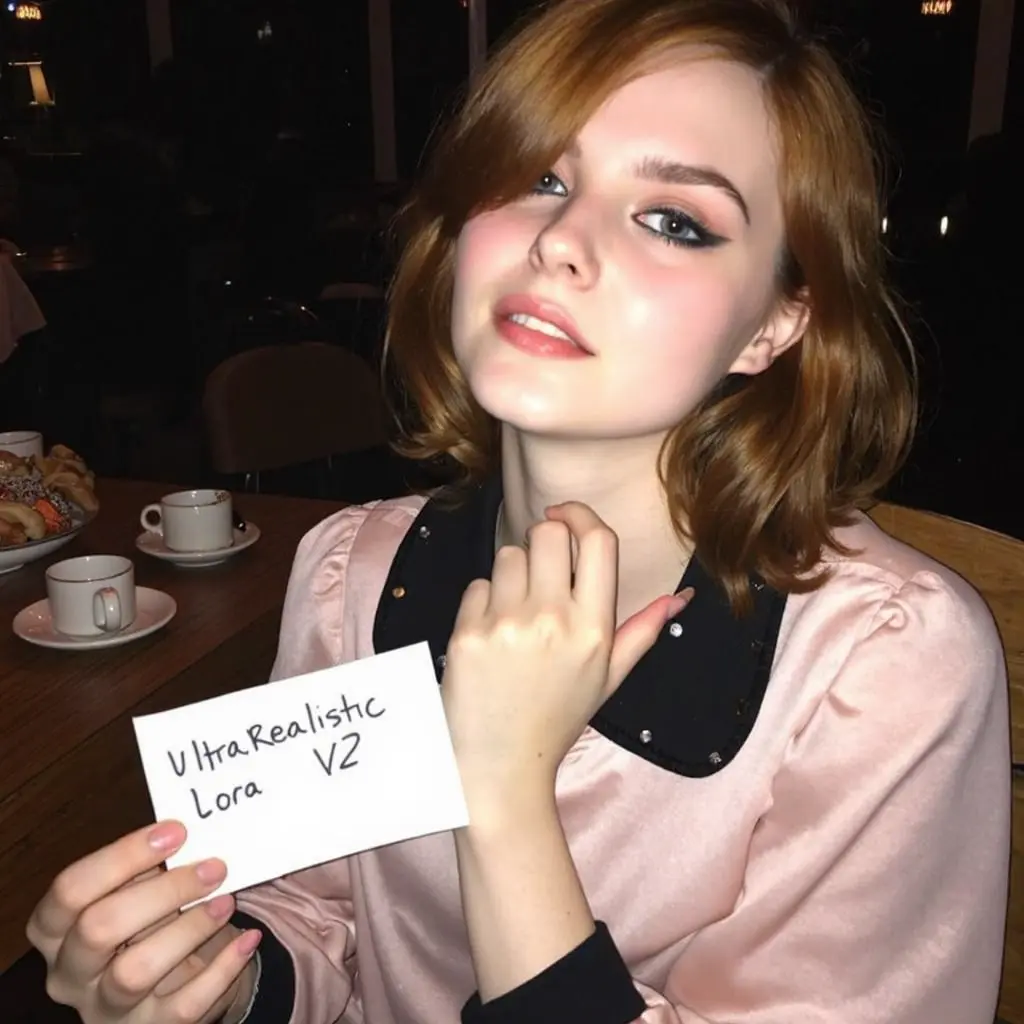ComfyUI Node: VAE Encode for Inpaint w/Padding (WLSH)
VAE Encode for Inpaint w_Padding (WLSH)
CategoryWLSH Nodes/inpainting
wallish77 (Account age: 2505days) Extension
wlsh_nodes Latest Updated
2024-06-19 Github Stars
0.11K
- Description
- VAE Encode for Inpaint w_Padding (WLSH):
- VAE Encode for Inpaint w_Padding (WLSH) Input Parameters:
- VAE Encode for Inpaint w_Padding (WLSH) Output Parameters:
- VAE Encode for Inpaint w_Padding (WLSH) Usage Tips:
- VAE Encode for Inpaint w_Padding (WLSH) Common Errors and Solutions:
- Related Nodes
How to Install wlsh_nodes
Install this extension via the ComfyUI Manager by searching for wlsh_nodes- 1. Click the Manager button in the main menu
- 2. Select Custom Nodes Manager button
- 3. Enter wlsh_nodes in the search bar
Visit ComfyUI Online for ready-to-use ComfyUI environment
- Free trial available
- 16GB VRAM to 80GB VRAM GPU machines
- 400+ preloaded models/nodes
- Freedom to upload custom models/nodes
- 200+ ready-to-run workflows
- 100% private workspace with up to 200GB storage
- Dedicated Support
VAE Encode for Inpaint w/Padding (WLSH) Description
Facilitates image inpainting with smooth transitions using VAE encoding and padding for coherence.
VAE Encode for Inpaint w_Padding (WLSH):
The VAE Encode for Inpaint w_Padding (WLSH) node is designed to facilitate the inpainting process by encoding images into a latent space using a Variational Autoencoder (VAE). This node is particularly useful for AI artists who need to seamlessly fill in missing or masked parts of an image. By leveraging padding around the mask, it ensures that the transition between the inpainted area and the original image is smooth and natural. This method helps maintain the coherence of the image, making the inpainted sections blend seamlessly with the surrounding pixels. The node is part of the WLSH Nodes category, specifically tailored for inpainting tasks, and it automates the complex process of preparing images for inpainting by handling mask interpolation and padding adjustments.
VAE Encode for Inpaint w_Padding (WLSH) Input Parameters:
pixels
This parameter represents the input image that you want to inpaint. It is an image tensor that the VAE will encode into the latent space. The quality and resolution of the input image directly impact the final inpainting result.
vae
This parameter is the Variational Autoencoder (VAE) model used for encoding the image. The VAE is responsible for transforming the input image into a latent representation, which is essential for the inpainting process.
mask
The mask parameter is a binary mask that indicates the regions of the image that need to be inpainted. The areas marked by the mask will be the focus of the inpainting process, and the node will ensure these areas are seamlessly filled.
mask_padding
This integer parameter specifies the number of pixels by which the mask should be grown to ensure a seamless transition in the latent space. The default value is 24, with a minimum of 6 and a maximum of 128, adjustable in steps of 2. Increasing the padding can help in achieving smoother inpainting results, especially at the edges of the masked area.
VAE Encode for Inpaint w_Padding (WLSH) Output Parameters:
LATENT
The output is a dictionary containing two key elements: samples and noise_mask. The samples are the encoded latent representations of the input image, which are used for the inpainting process. The noise_mask is the adjusted mask after padding, which helps in maintaining the seamless transition between the inpainted area and the original image.
VAE Encode for Inpaint w_Padding (WLSH) Usage Tips:
- Ensure that the input image (
pixels) is of high quality and resolution to achieve the best inpainting results. - Adjust the
mask_paddingparameter based on the complexity of the inpainting task. For intricate details, a higher padding value might be beneficial. - Use a well-trained VAE model to ensure accurate and high-quality latent representations of the input image.
VAE Encode for Inpaint w_Padding (WLSH) Common Errors and Solutions:
RuntimeError: Expected 4-dimensional input for 4-dimensional weight [1, 1, mask_padding, mask_padding], but got 3-dimensional input of size [1, height, width] instead
- Explanation: This error occurs when the mask tensor does not have the expected dimensions.
- Solution: Ensure that the mask tensor is properly reshaped to match the expected dimensions before passing it to the node.
ValueError: Mask padding value out of range
- Explanation: This error occurs when the
mask_paddingvalue is set outside the allowed range (6 to 128). - Solution: Adjust the
mask_paddingvalue to be within the specified range.
AttributeError: 'NoneType' object has no attribute 'encode'
- Explanation: This error occurs when the VAE model is not properly loaded or initialized.
- Solution: Verify that the VAE model is correctly loaded and passed to the node. Ensure that the model is not
None.
VAE Encode for Inpaint w/Padding (WLSH) Related Nodes
- Description
- VAE Encode for Inpaint w_Padding (WLSH):
- VAE Encode for Inpaint w_Padding (WLSH) Input Parameters:
- VAE Encode for Inpaint w_Padding (WLSH) Output Parameters:
- VAE Encode for Inpaint w_Padding (WLSH) Usage Tips:
- VAE Encode for Inpaint w_Padding (WLSH) Common Errors and Solutions:
- Related Nodes
RunComfy is the premier ComfyUI platform, offering ComfyUI online environment and services, along with ComfyUI workflows featuring stunning visuals. RunComfy also provides AI Playground, enabling artists to harness the latest AI tools to create incredible art.



